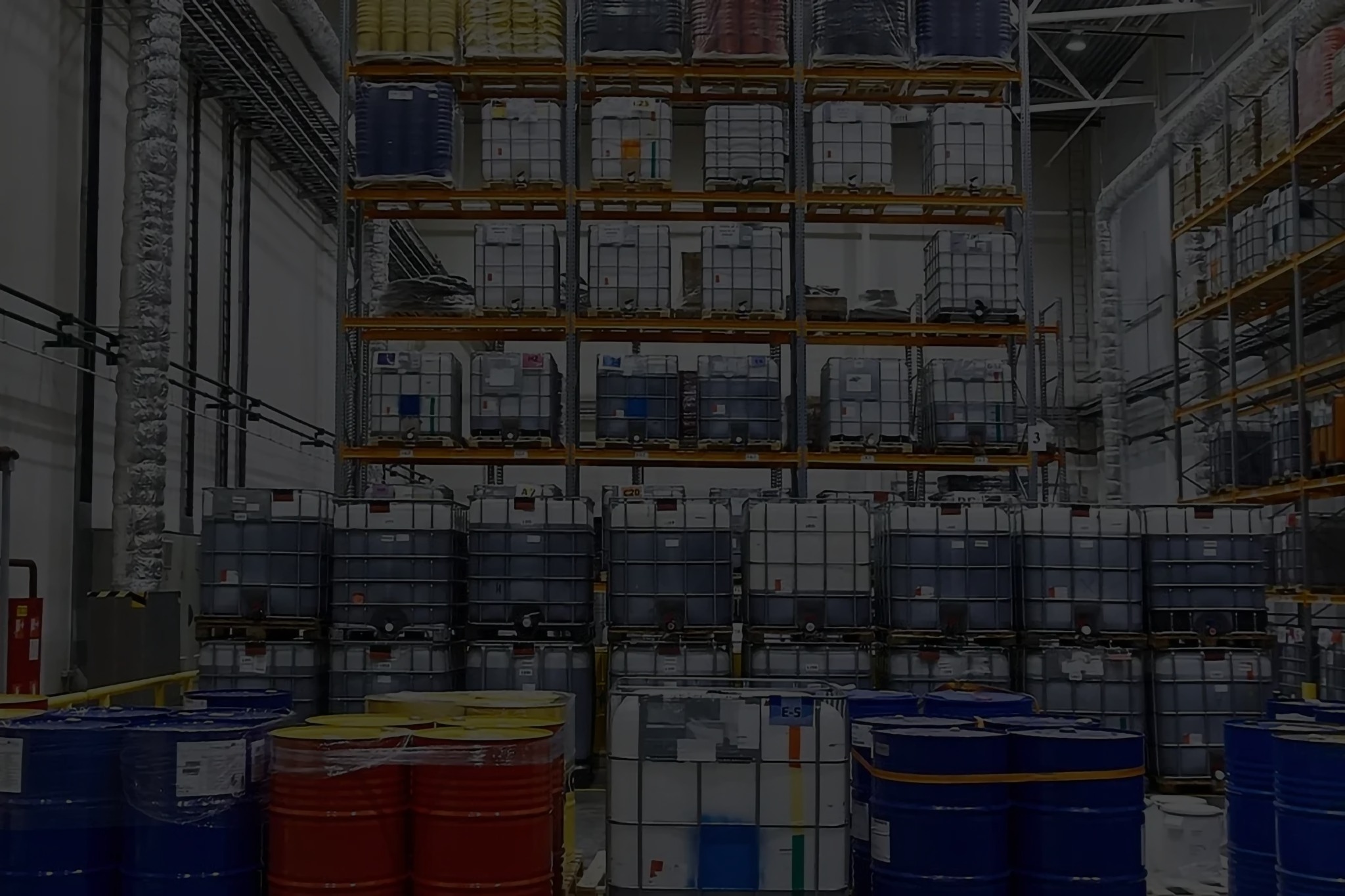Understanding the Mole in Chemistry
In chemistry, the mole is a fundamental unit that plays a crucial role in understanding the quantitative aspects of chemical reactions. Despite its importance, it is often misunderstood by students and beginners in the field. This article aims to demystify the concept of the mole, explore its historical context, and highlight its significance in scientific studies.
Historical Context
The concept of the mole was introduced in the early 19th century. The term "mole" is derived from the Latin word "moles," meaning mass. Amedeo Avogadro, an Italian scientist, laid the groundwork for this concept with Avogadro's hypothesis in 1811. He proposed that equal volumes of gases, at the same temperature and pressure, contain an equal number of molecules. This hypothesis was crucial in understanding the relationship between the volume of a gas and the number of particles it contains.
In 1865, the concept of the mole began to take shape when Johann Josef Loschmidt, an Austrian scientist, calculated the number of molecules in a given volume of gas. This number, now known as Loschmidt's number, was a stepping stone towards Avogadro's number, which is 6.022 x 10²³. This constant represents the number of atoms, ions, or molecules in one mole of a substance.
Definition and Significance
A mole is defined as the amount of a substance that contains as many entities (atoms, molecules, ions, or other particles) as there are in 12 grams of carbon-12. This number is Avogadro's number (6.022 x 10²³). The mole allows chemists to count particles in a given amount of substance by weighing it, providing a bridge between the atomic scale and the macroscopic scale we can measure in the lab.
The mole is essential in stoichiometry, the calculation of reactants and products in chemical reactions. It helps in converting mass to number of particles and vice versa. For example, in a reaction where hydrogen gas reacts with oxygen gas to form water, knowing the moles of each reactant helps determine the exact amount of water produced.
Practical Applications
Chemical Reactions: In a laboratory, chemists use the mole to measure the quantities of reactants and products. For instance, to produce a specific amount of a product, they need to know the exact moles of each reactant.
Molar Mass: The mole is used to calculate the molar mass of compounds. Molar mass is the mass of one mole of a substance and is expressed in grams per mole (g/mol). For example, the molar mass of water (H₂O) is approximately 18 g/mol, calculated by summing the atomic masses of hydrogen (1 g/mol) and oxygen (16 g/mol).
Concentration Solutions: The mole concept is also used in preparing solutions of specific concentrations. Molarity, a common unit of concentration, is defined as the number of moles of solute per liter of solution (mol/L).
Gas Laws: The mole is integral to the ideal gas law (PV = nRT), where n represents the number of moles of gas. This law relates the pressure, volume, and temperature of a gas to the number of moles present.
Conceptual Challenges
Understanding the mole can be challenging due to its abstract nature. Students often struggle with the large number involved (Avogadro's number) and the idea of counting entities that cannot be seen. Visual aids, such as mole diagrams and molar roadmaps, can help in grasping these concepts.
Conclusion
The mole is a cornerstone of chemistry, providing a link between the microscopic world of atoms and molecules and the macroscopic world we experience. Its historical development, definition, and practical applications highlight its significance in scientific studies. Mastering the mole concept is essential for anyone pursuing a career in chemistry or related fields. By understanding the mole, chemists can accurately measure, predict, and manipulate the outcomes of chemical reactions, driving progress in research and industry.

